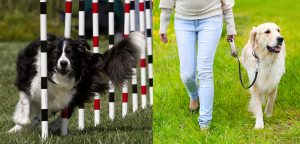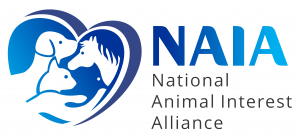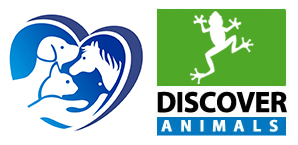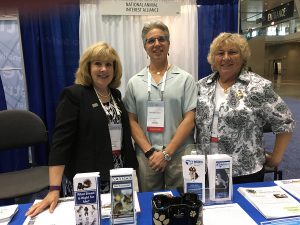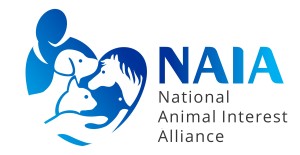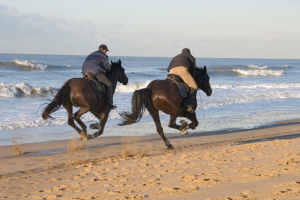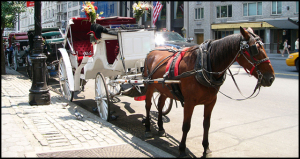Two New York state senators, Democrats Diane Savino and Jose Peralta, have come out strongly against New York City mayor Bill de Blasio’s push to ban horse carriages. In a letter, they illustrate how the horse carriage industry provides great, unionized work for hundreds of people, that it is a major tourist attraction, and that it is safe and highly regulated — all very good things.
Bravo to Savino and Peralta for standing up and publicly recognizing the human cost of banning horse carriages!
But while this is an important message to get out, the anti-carriage horse activists will not be swayed by talk of jobs and tourism lost; their argument has always been that the horses are being treated cruelly.
This is a serious charge — we all love horses and want to see them treated well. So do these claims of abuse stand up to scrutiny? Not according to the experts who love and heal animals. In a letter to Mayor de Blasio from the New York State Veterinary Medical Society, they state emphatically that opponents of horse-drawn carriages are misinformed about the “inhumane” working conditions for horses, and that:
Carriage horses generally live a long life during which they are ensured regular examinations and treatment by equine veterinarians, live in structurally sound and safe stables, have adequate supply of food and water, and ample opportunities for socialization with others of their species. Existing New York City Regulations offer extensive guidelines that require ample rest periods, moderate driving paces, and protections from extreme weather conditions.
The equine practitioner members of the NYSVMS, both within the City of New York and elsewhere, have familiarized themselves with the conditions under which these animals live and work and find they are healthy, happy, well-fed and sheltered. They are the recipients of the best level of health care possible.
The American Veterinary Medical Association and American Association of Equine Practitioners have weighed in as well, and their accounts of clean stables with healthy, well-fed, and mentally sound horses are also very positive — a far cry from what the anti-carriage horse activists are claiming.
It is telling that people who take the time to visit the horses in their stables confidently declare them “happy and well-cared-for,” while people who have never visited the stables remain convinced that the horses are abused and suffering. Apparently, facts do not matter when you have already made up your mind.
Fortunately, most people do allow reason to shape their opinions. While jobs are obviously very important, it is also important we combat the misinformation about carriage horses that persists despite expert opinion and the facts!
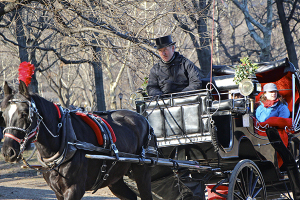
 Animal Welfare, Pet Care
Animal Welfare, Pet Care  No Comments
No Comments 